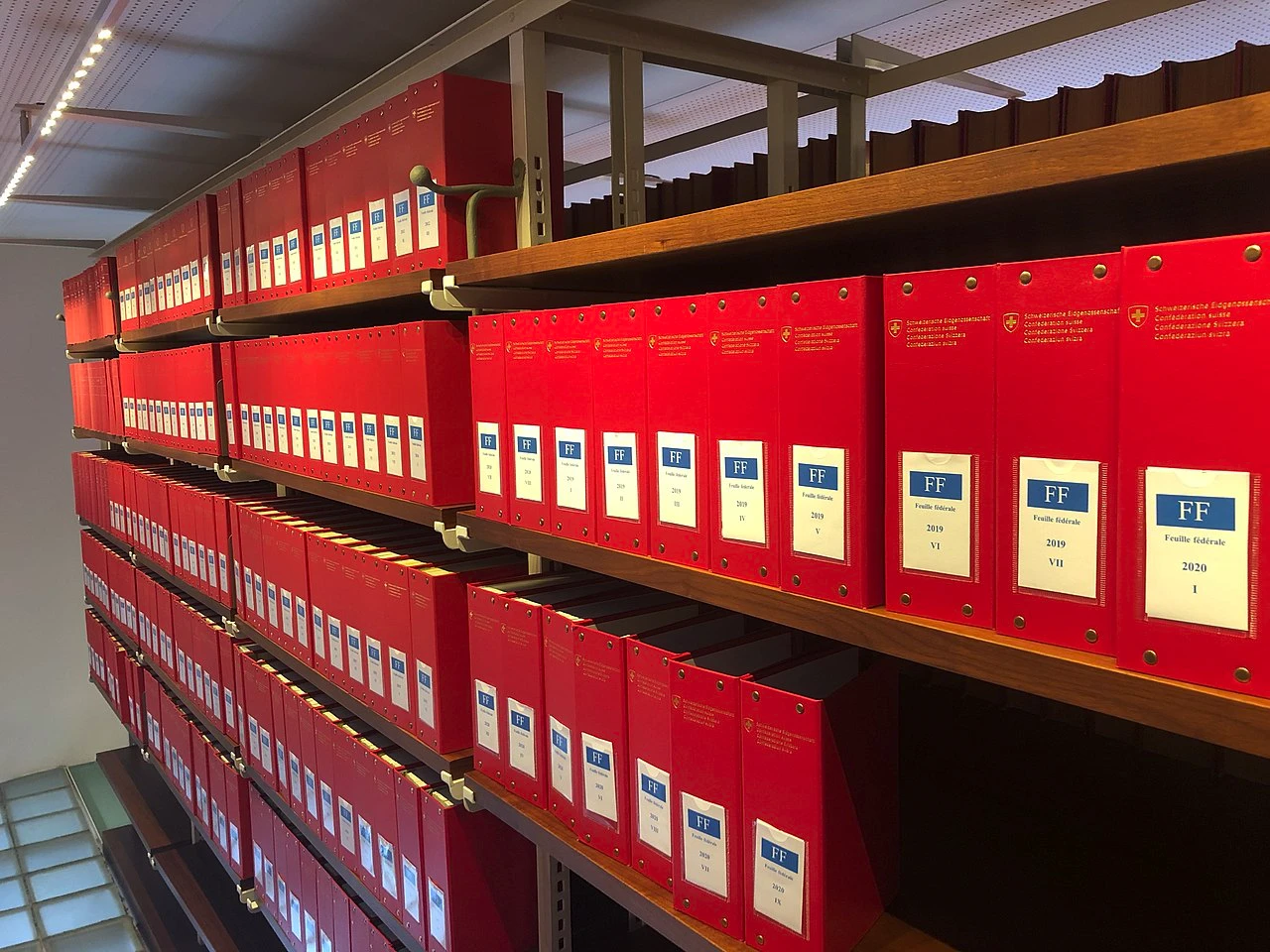On January 1, 2023, the regulatory package will enter into force which constitutes the third major revision of company law, after those that occurred in 1936 and 1992, respectively after a legislative process that lasted 20 years.
Net of the important innovations brought about by this reform, such as: the possibility of establishing the share capital in a currency that is not only the Swiss Franc (currently therefore: EUR, USD, YEN, GBP), of keeping accounts in this currency foreign exchange, the possibility of distributing interim dividends, the introduction of a new institution of increase or capital decrease (the so-called “capital variation margin” or “Kapitalband”), the greater flexibility given for the conduct of Shareholders’ Meetings and BoDs through the use of new technologies, with this writing we want to concentrate on one aspect particular that involves and amplifies the responsibility for the Board of Directors.
The new obligations to monitor and react in the event of a risk of insolvency
The new Article 725 CO effectively introduces a new duty for the Board of Directors, namely that of “supervising [the] solvency of the company” (see Article 725 para. 1 CO).
In order to fully understand the future scope of this new obligation, we believe it is essential to analyze the changes that have taken place during the legislative process.
In fact, both the preliminary draft and then the bill contained a different formulation, centered on the obligation of the corporate bodies to act when there was a “founded fear” (“begründete Besorgnis”) of incapacity to cope (systematically and therefore not already episodically) to its commitments within a period of time which between preliminary project and project has been shortened to 6 months, from the initial 12, for companies exempt from ordinary auditing.
In the current formulation, the concept of well-founded fear has been replaced by the generic obligation of surveillance, which we can only interpret as a permanent obligation and therefore not only deriving from a well-founded fear.
During the legislative process, not only the concept of “founded fear” was removed, but also the consequent obligation to prepare a liquidity plan, an instrument which was clearly indicated both in the preliminary draft and then in the project and understood as a corollary to the “financial plan”, which was intended to be introduced as a mandatory tool for any company and not only for “large companies” (cf. art. 716a para. 1 no. 3 Preliminary project).
What therefore appears to be a “qualified silence” of the law regarding the tools to be used to fulfill the surveillance obligation, on the contrary becomes deafening and even more evident by taking note of the further charges for the BoD mentioned in paragraph 2 of art. 725CO:
“If there is a risk that the company will become insolvent, the board of directors takes measures to ensure solvency. To the extent necessary, it adopts other restructuring measures for the company or proposes their adoption to the general meeting if these are within the competence of the company. If necessary, submit an application for a moratorium on composition with creditors.”
Well, what other tool than a liquidity plan can make it possible to become aware of the existence of a risk of insolvency? Indeed, becoming aware of a risk presupposes that the effects of the same have not already manifested themselves. And then, how would it be possible to adopt “solvency-guarantee measures” with due effectiveness without a liquidity plan?
Particularly relevant for the purposes of understanding the rationale and therefore the scope of the new art. 725 CO is the following comment inserted on page 138 of the Explanatory Report concerning the amendment of the Code of Obligations (law of the limited company) submitted with the draft law:
“Article 725 takes precedence over the rules concerning the loss of capital and the excess of debts and constitutes the core of the new law on restructuring in the CO”.
In fact, the content of this comment, expressed at the beginning of the legislative process, has not been changed at all by the apparent reductions that art. 725 CO has undergone in the long process that gave birth to the final version that will enter into force on 01.01.2023. If on the one hand it is clear that insolvency can affect perfectly capitalized companies, on the other it is clear that insolvency is often the first indicator of much more structural problems, where the will of the legislator is evidently to anticipate reaction times by the Board of Directors.
This appears evident from the permanence in all the phases of evolution of the art. 725 CO of the residual obligation: i.e. that of submitting an application for a composition moratorium if the measures adopted on its own by the BoD have not had the desired effects and with them not even those of








